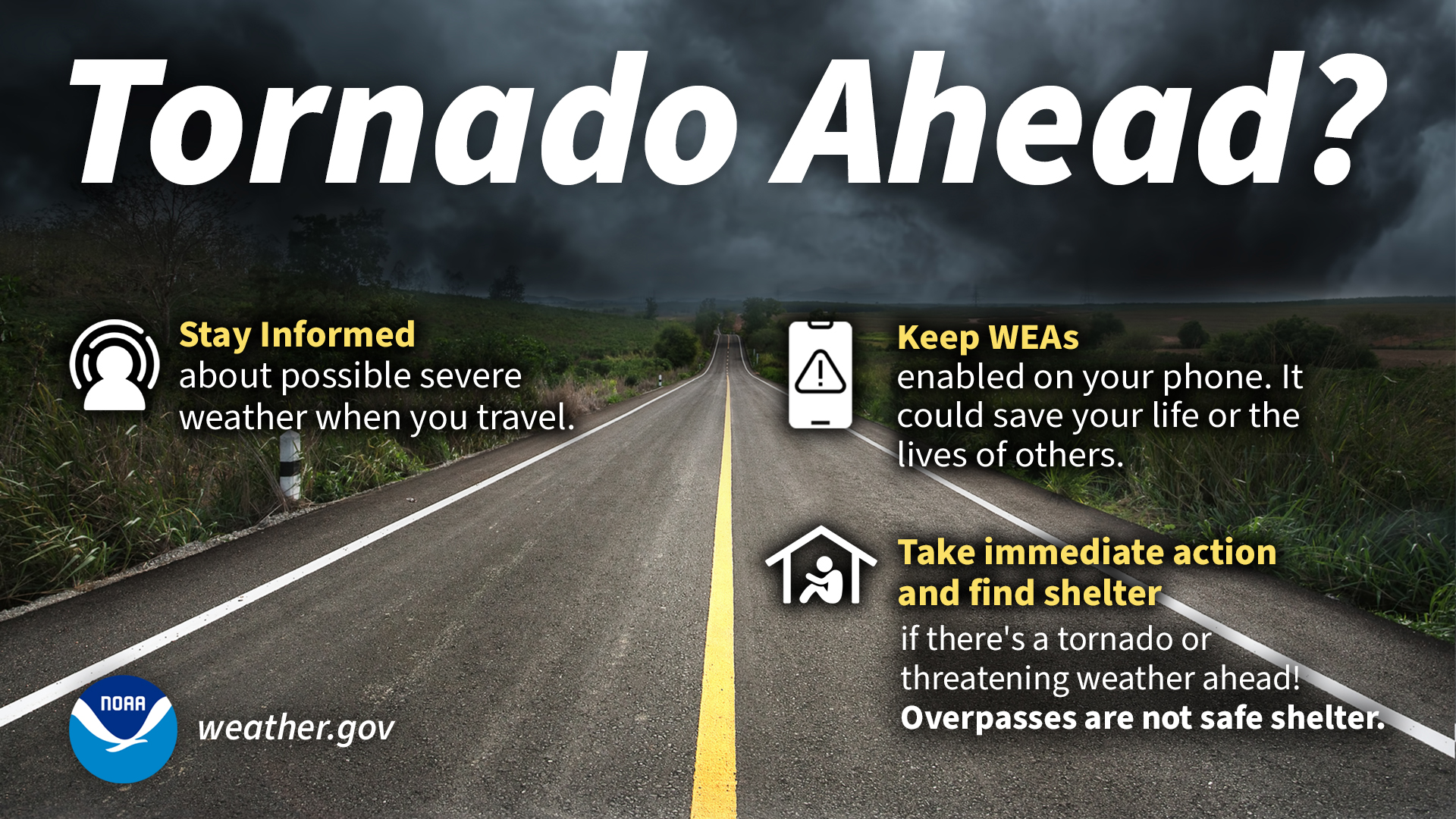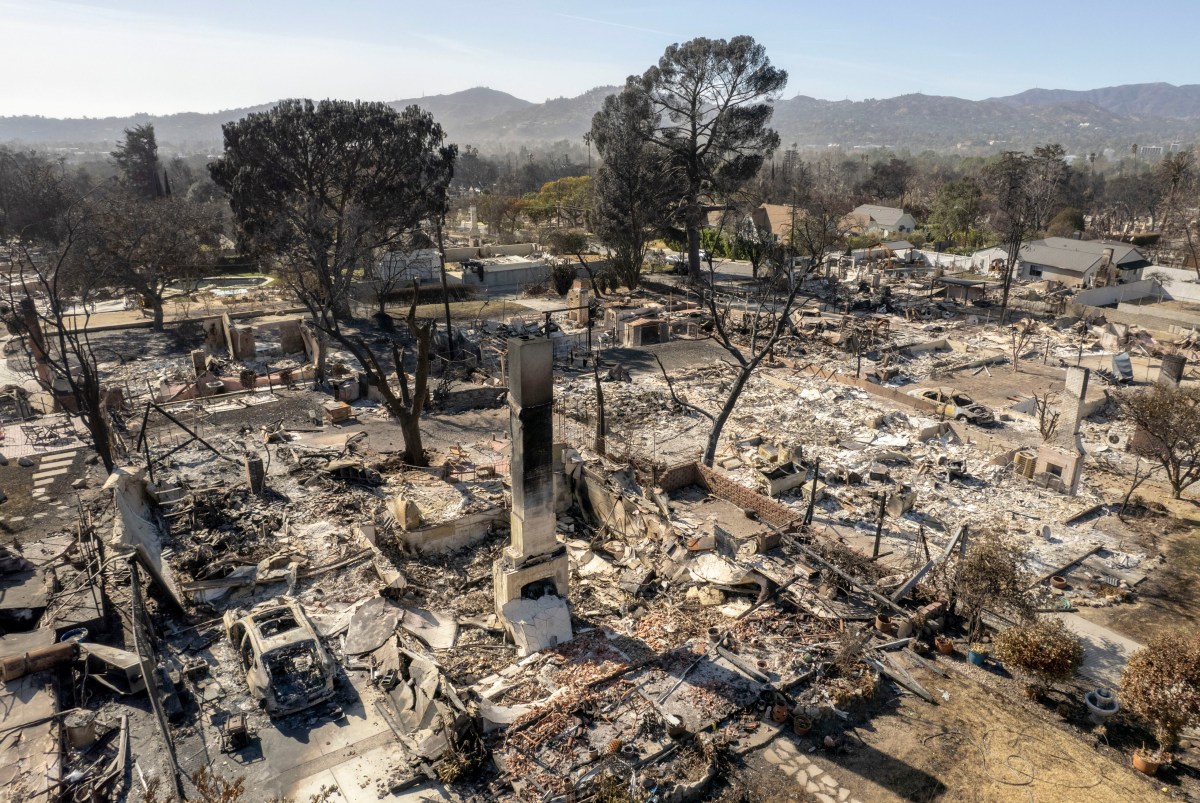Understanding Flood Risks: A Guide For Severe Weather Awareness Week, Day 5

Table of Contents
Identifying Your Flood Risk
Understanding your personal flood risk is the first step in effective preparedness. Several factors contribute to this assessment:
Location, Location, Location
Your geographic location is a primary determinant of your flood risk.
- Floodplain Location: Living in a designated floodplain significantly increases your risk of flooding. Utilize online resources like FEMA's Flood Map Service Center (or your country's equivalent) to determine if your property lies within a floodplain. These maps illustrate areas with a high probability of flooding.
- Proximity to Water Sources: Proximity to rivers, streams, lakes, coastal areas, and even drainage ditches dramatically increases your flood risk. Low-lying areas are especially vulnerable.
- Historical Flood Data: Research your area's history of flooding. Past flood events are a strong indicator of future potential. Local government websites and historical records can provide valuable information.
Property Characteristics
Your home's characteristics also impact its vulnerability to flooding.
- Foundation Type: Homes with basements are more susceptible to flood damage than those with slab foundations. Basement flooding is a severe risk.
- Age of the Property: Older homes may lack modern flood protection features, making them more vulnerable. Consider upgrading your home's flood defenses if necessary.
- Drainage: Poor drainage around your property can lead to water accumulation and increase your risk of flooding. Ensure proper grading and drainage systems are in place.
Type of Flooding
Recognizing different types of flooding is critical for effective preparation.
- Riverine Flooding: This occurs when rivers and streams overflow their banks due to heavy rainfall or snowmelt.
- Flash Flooding: This is a rapid and sudden rise in water levels, often caused by intense rainfall over a short period. Flash floods are particularly dangerous due to their sudden onset.
- Coastal Flooding: This is caused by high tides, storm surges, and tsunamis. Coastal communities are at significant risk.
- Pluvial Flooding: This occurs due to heavy rainfall overwhelming drainage systems in urban areas. This is a common type of flooding in cities and towns.
Preparing for a Flood
Proactive preparation is key to minimizing the impact of a flood.
Developing a Flood Preparedness Plan
A comprehensive plan is essential for your family's safety.
- Family Communication Plan: Designate meeting points and establish a method for contacting family members during and after a flood.
- Emergency Kit: Prepare a kit with essential supplies such as non-perishable food, water (at least one gallon per person per day), medications, important documents (in waterproof containers), and flashlights.
- Evacuation Routes: Identify safe evacuation routes and familiarize yourself with local emergency shelters.
Protecting Your Property
Taking steps to protect your property can lessen flood damage.
- Elevate Appliances: Elevate electrical appliances and equipment to reduce damage from floodwaters.
- Flood Barriers/Sandbags: If appropriate for your location and situation, install flood barriers or sandbags around your home to help divert floodwater.
- Flood Insurance: Purchase flood insurance, even if you're not in a high-risk area. Standard homeowner's insurance policies typically do not cover flood damage.
- Flood-Proofing: Consider flood-proofing measures, such as using waterproof materials and improving drainage around your home.
Understanding Flood Warnings and Alerts
Staying informed is crucial.
- Weather Forecasts: Monitor weather forecasts regularly.
- Warnings vs. Watches: Understand the difference between a flood watch (potential for flooding) and a flood warning (flooding is imminent).
- Emergency Alerts: Sign up for emergency alerts through your local government or mobile apps (like NOAA's Weather Radio).
Responding to a Flood
Knowing how to respond during a flood can save lives and property.
Evacuation Procedures
Evacuation is often necessary to ensure safety.
- Follow Orders: Obey evacuation orders immediately.
- Never Drive Through Floodwaters: Floodwaters can be deceptively deep and swift, posing a serious risk.
- Turn Off Utilities: If it is safe to do so, turn off gas, electricity, and water before evacuating.
Post-Flood Safety
Returning home after a flood requires caution.
- Avoid Floodwaters: Contaminated floodwaters can contain harmful bacteria and chemicals.
- Inspect for Damage: Carefully inspect your home for structural damage before entering.
- Contact Insurance: Report flood damage to your insurance company as soon as possible.
- Health Hazards: Be aware of potential health hazards from mold and mildew growth following a flood.
Conclusion
Understanding flood risks is crucial for ensuring your safety and protecting your property. By assessing your risk, preparing for potential flooding, and responding effectively during an emergency, you can significantly reduce the impact of this devastating natural hazard. Remember, knowledge is your best defense against flood risks. Don't wait until it's too late—take action today to prepare for potential flood risks and protect your family and community. Learn more about minimizing your flood risks by researching local resources and flood preparedness strategies.

Featured Posts
-
 Urgent Flash Flood Warning For Bradford And Wyoming Counties Tuesday Evening
May 25, 2025
Urgent Flash Flood Warning For Bradford And Wyoming Counties Tuesday Evening
May 25, 2025 -
 The Complete Guide To Jensons Fw 22 Extended Range
May 25, 2025
The Complete Guide To Jensons Fw 22 Extended Range
May 25, 2025 -
 Analyzing The Implications Of Betting On The Los Angeles Wildfires
May 25, 2025
Analyzing The Implications Of Betting On The Los Angeles Wildfires
May 25, 2025 -
 Hafengeburtstag Roland Kaiser Und Der Hsv Steht Der Aufstieg Bevor
May 25, 2025
Hafengeburtstag Roland Kaiser Und Der Hsv Steht Der Aufstieg Bevor
May 25, 2025 -
 Bundesliga Aufstieg Der Hsv Und Seine Euphorie
May 25, 2025
Bundesliga Aufstieg Der Hsv Und Seine Euphorie
May 25, 2025
